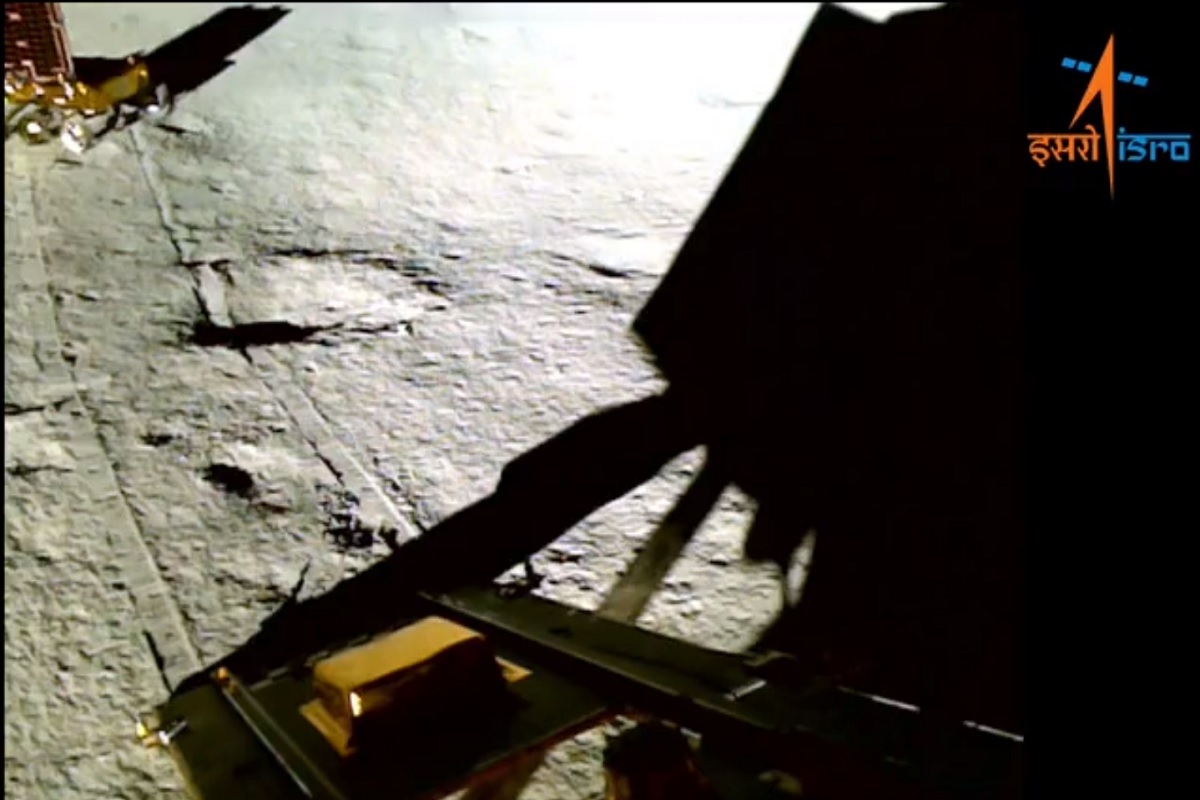Chandrayaan 3 Moon Mission Latest Update: The Chandrayaan 3’s rover Pragyan has confirmed the presence of Sulphur on the Moon, the Indian Space Research Organisation (ISRO) said on Tuesday while sharing the latest observations sent by lander module Vikram. The rover Pragyan has also confirmed the presence of Aluminum, Calcium, Iron, Chromium, and Titanium on the lunar surface.
In an official statement released on its website, the ISRO said that the Laser-Induced Breakdown Spectroscopy (LIBS) instrument onboard Chandrayaan-3’s rover Pragyan made the first-ever in-situ measurements on the elemental composition of the lunar surface near the south pole region.
Advertisement
“These in-situ measurements confirm the presence of Sulphur (S) in the region unambiguously, something that was not feasible by the instruments onboard the orbiters,” the space agency said.
The LIBS payload, developed at the Laboratory for Electro-Optics Systems, Bengaluru, also revealed the presence of Aluminum (Al), Calcium (Ca), Iron (Fe), Chromium (Cr), and Titanium (Ti) on the lunar surface near the south pole region.
The presence of manganese (Mn), silicon (Si), and oxygen (O) was also confirmed after further measurements, ISRO said. The search for the presence of Hydrogen on lunar surface is currently underway, it added.
What was Chandrayaan 3’s first observation?
On Sunday, lander Vikram sent its first observations recorded by the Chandra’s Surface Thermophysical Experiment (ChaSTE) payload it carried along with rover Pragyan. The ChaSTE recorded variations of temperature on the lunar surface. The ISRO shared a graph on X that showed the difference in temperature on the Moon’s surface and underneath.
At a depth of 8 cm, the payload attached to Chandrayaan 3’s lander Vikram recorded temperature as low as (-) 10 degrees centigrade. With the gradual rise towards the surface, the temperature too could be seen rising. Above the surface, the graph showed a relative stagnancy in temperature between 50-60 degrees centigrade.











